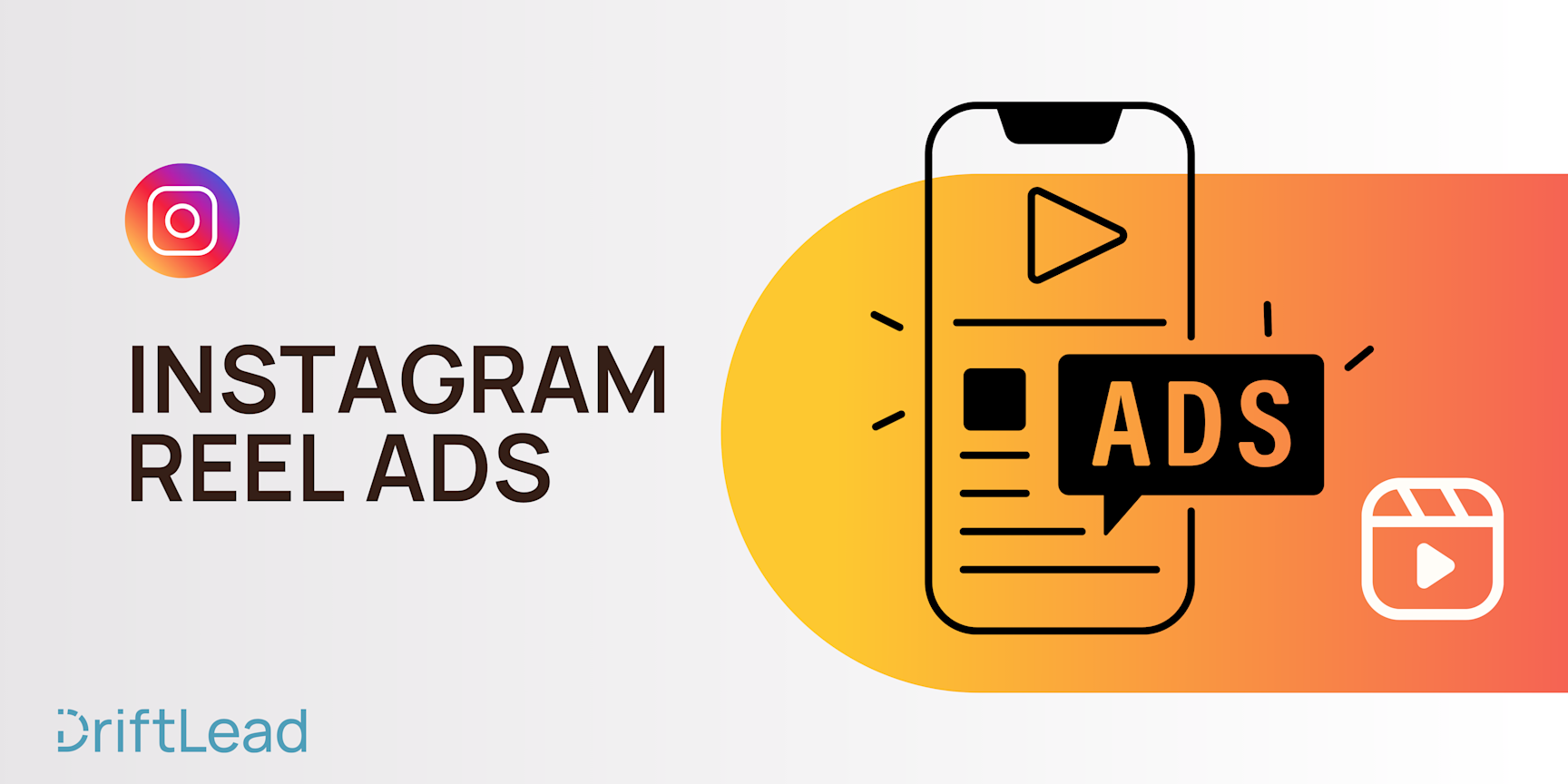Small Business Lead Generation: How to Construct a Strategy for Your Company
22 Apr, 2023
If you are an SMB that relies on leads, you'll want to read this. In this article, we go over small business lead generation strategies and how to use them.

Jump to:
#advertising
Hop on our weekly newsletter train! We're sharing tips so stellar, we're practically job-threatening ourselves!
An effective small business lead generation strategy can help you build a viable pipeline of high-quality prospective customers that will turn into high-paying brand loyalists. If you're a small business owner, you probably know how valuable a robust lead-generation strategy can be for your company. Still, it can be overwhelming to know where to start.
This article will teach you how to build an effective lead-generation strategy for your small business in 2023 and beyond.
What Is Lead Generation?
You can have an excellent product or service and be doing everything right, but if no one knows you exist, it doesn't matter. So lead generation is all about finding qualified prospects for your product or service.
Small business lead generation is any activity that gets someone who isn't currently doing business with you to consider working with you and give you some form of contact information. This could include getting someone onto your email list, receiving a demo inquiry, or even making a new connection on LinkedIn.
Different Types of Leads
To thoroughly cover the topic of small business lead generation, we must first acknowledge that not all leads are equal and, thus, should be approached in different ways. For the sake of simplicity, we will categorize each lead into two groups: warm and cold.
The temperature of lead relates to how familiar the prospect is with your brand in a transactional sense. Of course, someone who willingly gives you their email in exchange for a free resource is a bit warmer than someone who is the victim of a cold call (because the former has seen your brand before and generally can recall giving you their information). We will refer to anyone not yet looking to buy from you as a cold lead. On the contrary, someone close to making a purchase will be a warm lead.
Cold Leads
While cold leads may take a bit longer to convert, they are still valuable to any small business lead generation strategy and should not be overlooked.
Cold leads are users that fall into your target audience but have not yet expressed purchasing intent. Cold leads can include users who gave your their information in exchange for a piece of content (i.e., infographic, webinar, whitepaper), registered for an event or webinar, opted into your newsletter, or signed up for a giveaway.
Although these cold leads are not yet in a state where they are ready to make a purchase or sign up for your service, you know they are within your target market and have seen your brand before.
Warm Leads
Warm leads are users who know they need your product or service and are comparing their options and deciding whether to buy. A lead is warm when they ask for more purchase-related information, such as requesting a quote, signing up for a free trial, asking for more information, or scheduling a demo.
Warm leads often reach out to you directly to obtain more information that gets them closer to a purchase. Many businesses' sales team operates primarily by calling or reaching out to warm leads that expressed interest on their website or through a third-party lead aggregator, like HomeAdvisor.
Warm or Cold Lead Generation – Which Do I Want?
While it may seem like the obvious choice to hone in on generating warm leads, having a solid base of cold prospects can often offer the most significant long-term payout when adequately nurtured. For this reason, we suggest implementing a campaign for generating warm leads, a campaign for generating cold leads, and a campaign for turning your cold leads to warm ones. Below we will outline exactly how you can do this as part of your small business lead generation strategy.
Understand Your Target Audience
Before implementing any lead generation strategy, you must know your target audience. Who is the person who will benefit from your product or service? What is their gender? How old are they? What are their pain points? What interests them?
If you have various types of customers or are unsure who your target audience is, we can run campaigns to help you learn who is most engaged with your brand, message, or product. But, again, we suggest focusing on one target persona rather than trying to cast a wide net.
The Cold Lead Strategy
Most small business owners and sales teams scoff at the notion of a cold lead, but generating cold leads is often far less expensive and considerably more straightforward than building warm leads. And every cold lead is a prospective customer that can be made warm.
That said, generating cold leads doesn't make sense in every industry. A cold lead strategy is most effective for B2B, SaaS, digital products, subscription services, and products with higher price points.
Offer Free Value to Your Audience
Cold lead generation is about giving your customers free value in exchange for their information. Once you know your target audience, the next step is to consider what you can offer them for free to entice them to give you their information.
There are countless ways to generate cold leads, and the best way may depend on your business. Our expert consultants at Driftlead are happy to help consult on the best method for your brand.
Let’s say, for example, that you are a SaaS company that offers e-commerce automation to online store owners. In this example, let's say that you know your target audience is mostly young entrepreneurs who have just started or are looking to start an e-commerce business.
In this case, you may want to offer a newsletter dedicated to starting and growing an e-commerce business. Or you could create a downloadable whitepaper or ebook about starting e-commerce. Users can access these free, valuable resources simply by giving you their name and email. Now you have their information and can reach them with more transactional and promotional content in the future.
Impose Multiple Touchpoints With These Users
Now that your prospect has expressed that they are in your target audience, it's time to nurture the lead by creating brand familiarity and trustworthiness while subtly introducing the need for your product. Often, this is done through an email campaign, but can also include social media or display retargeting campaign.
It's important to remember that leads in this stage are still cold, so they should be treated as such. We recommend offering the user more free value while subtly mentioning the problem that your brand solves.
The more free value you can deliver sequentially to your cold leads, the warmer they will become.
Turn Your Cold Leads Warm
As you continue to introduce touchpoints to your cold audience, you will find that many of them will seek out more information about your product or service on their own. You'll find that many of these cold leads will become warm without any coaxing from you. However, it often can still be beneficial to give them a nudge toward a purchase and help convert users who are not yet ready to buy on their own.
While there are many ways to approach "nudging" your cold leads toward warmth, the most effective method is often to offer them an exclusive deal, discount, or trial for being a valued subscriber. First, decide on what it is you want to provide them with and then market it through email and a retargeting campaign.
The Warm Lead Strategy
Warm leads are the users on the verge of purchasing—they have acknowledged that they can benefit from your product or service and are now ready to buy. This can include users who were in the cold-lead pool and are now prepared to purchase or people who have a more urgent need.
The warm lead strategy is all about attracting and converting your warm leads.
Finding your warm leads
When a lead is warm, they have either already engaged with your brand by providing you with their information or expressed an urgent need for your product or service through a high-intent google search or submitting a service inquiry.
Converting your warm leads
Converting warm leads into paying customers and brand loyalists is all about providing service and helping address any reservations they may have. If they reached out to you requesting more information or received the lead through a third party, you should promptly get in touch with the user to help answer their questions or get them the information they are looking for.
On the other hand, if they signed up for a free trial, the free trial might automatically turn into a paid subscription after a certain period, but that doesn't mean you should leave the lead untouched. Have a customer service representative reach out to them during the duration of the trial to see how things are going and if there are any questions that you can answer.
Get Started with a Lead Generation Strategy
Want to start optimizing your lead pipeline today? Get a free marketing plan from us.






